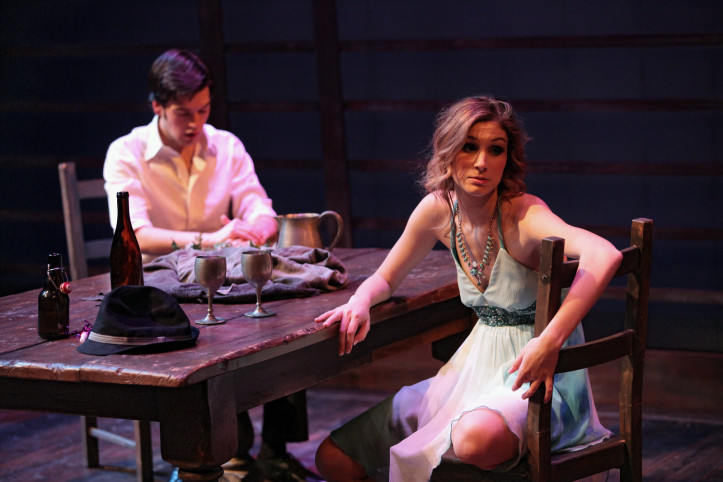Naturalism is an aesthetic philosophy that draws its inspiration from nature. In a naturalistic play, actors act as they would in real life. Their facial expressions are natural and their backs are turned to the audience. This is the basis of theatre drama. Here are some examples of how naturalism has influenced theatre. Despite its debatable effects on theatre, it has contributed to the development of modern drama.
Naturalism is an acting style that mimics the reality of everyday life. It was first developed by Emil Zola in the late 19th century. He advocated a complete identification with a role and an objective interpretation of that character. However, naturalism was criticized by Bertolt Brecht in the mid-20th century. He believed that the actor should not lose the illusion of reality by changing his appearance.

Another important example of naturalism in theatre is a playwright named August Strindberg. This Swedish author incorporated elements of Darwin’s theory of evolution into his works. The results of his work were a series of plays that developed across different genres and became influential. His work influenced the development of dramatic realism, and his preface to Miss Julie is considered one of the first examples of dramatic naturalism.
Naturalism was not suitable for other forms of theatre, but it has been used in films since the early nineteenth century. In the twentieth century, the movement gained popularity, and the naturalistic movement has become the most popular theatrical style. In addition to film, naturalism is also common in science fiction. Performing in this style allows the audience to relate to the characters and their actions, resulting in realistic acting.
Historically, naturalism and realism were separate movements, but the term was often used interchangeably. The naturalism movement influenced the development of modern drama. Its main influence on theatre is rooted in the realism movement. Both styles are often seen as a result of the past. Naturally occurring actors in the early twentieth century evoke more realistic emotions, which are highly desirable in contemporary dramatic productions.
The naturalism movement in theatre began with the mid-19th century, and subsequently, it has been a popular style for over a century. Its earliest manifestation is the conception of the human brain. It is often called a “naturalistic” drama. The goal of such theatre is to make the audience think. This is not the same as the realism in art, which is more abstract.

The naturalistic movement in theatre began in France in the late 1880s and spread throughout Europe and America. The most prominent French playwright was Henri Becque, which is credited with developing this style of drama. He also helped to popularize the realism movement in the United States. This type of theater is known as ‘naturalistic’. In the early twentieth century, the idea of realism spread to the United States.
Both types of naturalism are common in theatre
The first kind is the most popular, and aims to reflect reality as closely as possible. The second style is heightened naturalism, which exaggerates elements of nature for dramatic effect. It is usually expressed in a realistic way, by highlighting the character’s qualities and personality traits. It also uses strong characterisation. This is known as heightened naturalism.
The second kind is naturalism. This style of drama tries to portray the world as it is in reality. It is the opposite of romanticism, in which the characters have an artificial appearance. Instead of depicting the world as it is, naturalism emphasizes social, psychological, and physical conditions of life. Antoine’s first play, “A Month in the Country” (1887), satirized politics and greed.
The third type of naturalism is absurdism. Its name refers to a style that is characterized by a lack of originality. It is a form of aesthetics that focuses on the fact that nothing is truly original. The ‘fourth wall’ style of drama is the opposite of modernism. It focuses on the ‘true’ nature of the world and its relationship to the people who inhabit it.